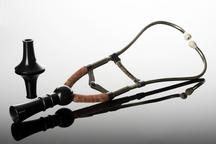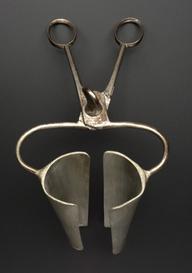

Thomas Lewis’ electrocardiograph




Electrocardiograph, used by Sir Thomas Lewis at University College Hospital, London, by the Cambridge Instrument Co., Cambridge, England, 1930
An electrocardiograph produces graphical records of the electrical activity in a person’s heart. The records are examined by physicians for irregularities that may be a sign of disease.
Thomas Lewis (1881-1945) was a British physician who contributed to the development of cardiology – the study of the structure and diseases of the heart. Made by the Cambridge Instrument Co., Lewis used the machine during his research on the heart at University College Hospital. Lewis wanted to apply laboratory methods to the patient through the use of the electrocardiograph. This move was opposed by some physicians who felt machines devalued their clinical skills and that medical specialities made it impossible to consider the patient as whole person.
Details
- Category:
- Clinical Diagnosis
- Collection:
- Sir Henry Wellcome's Museum Collection
- Object Number:
- A602426
- Materials:
- table, wood
- Measurements:
-
overall: 1444 mm x 570 mm x 1730 mm, 118 kg
- type:
- electrocardiograph
- credit:
- University College Hospital




